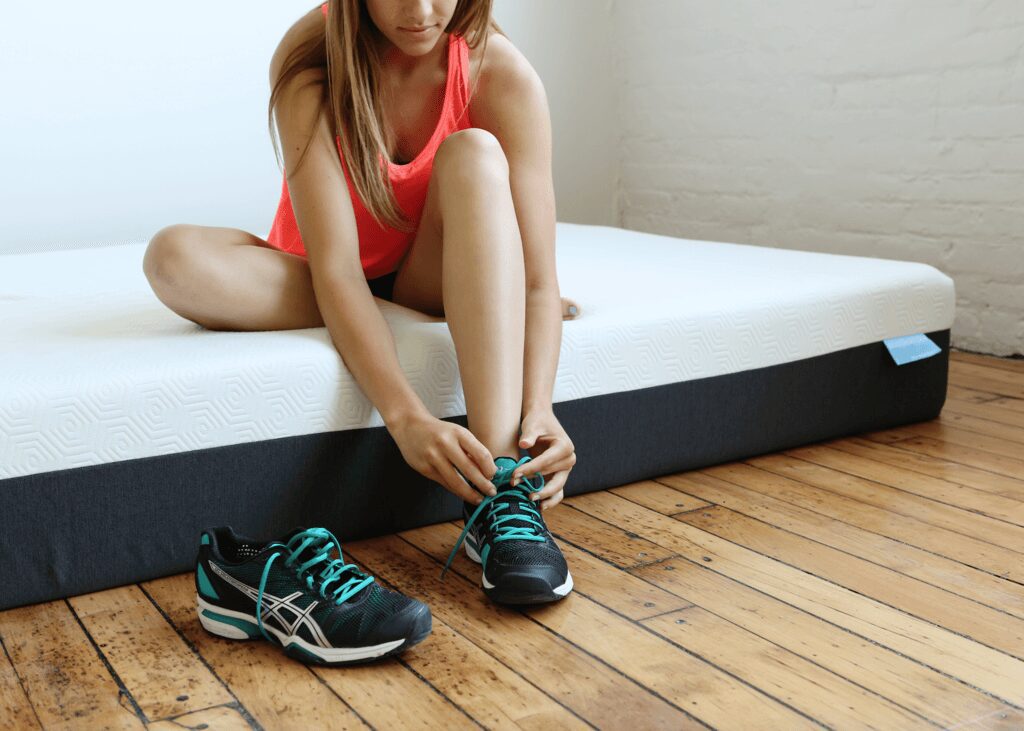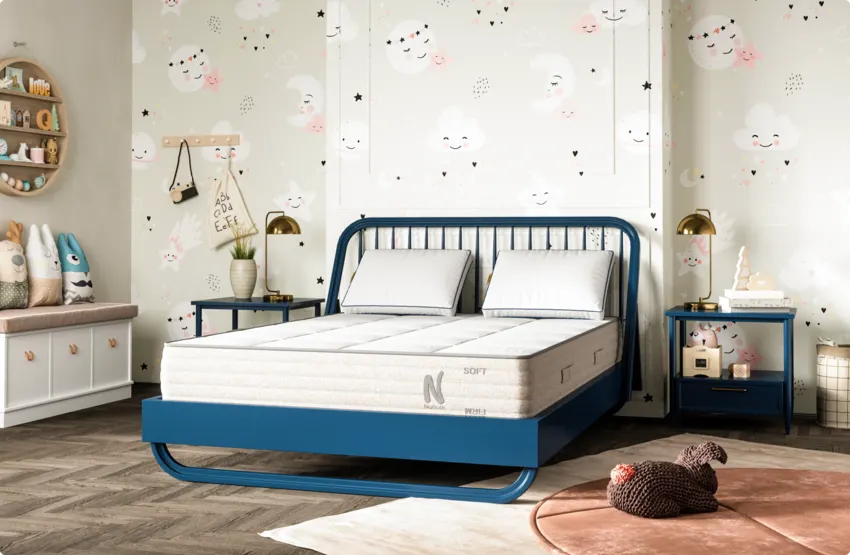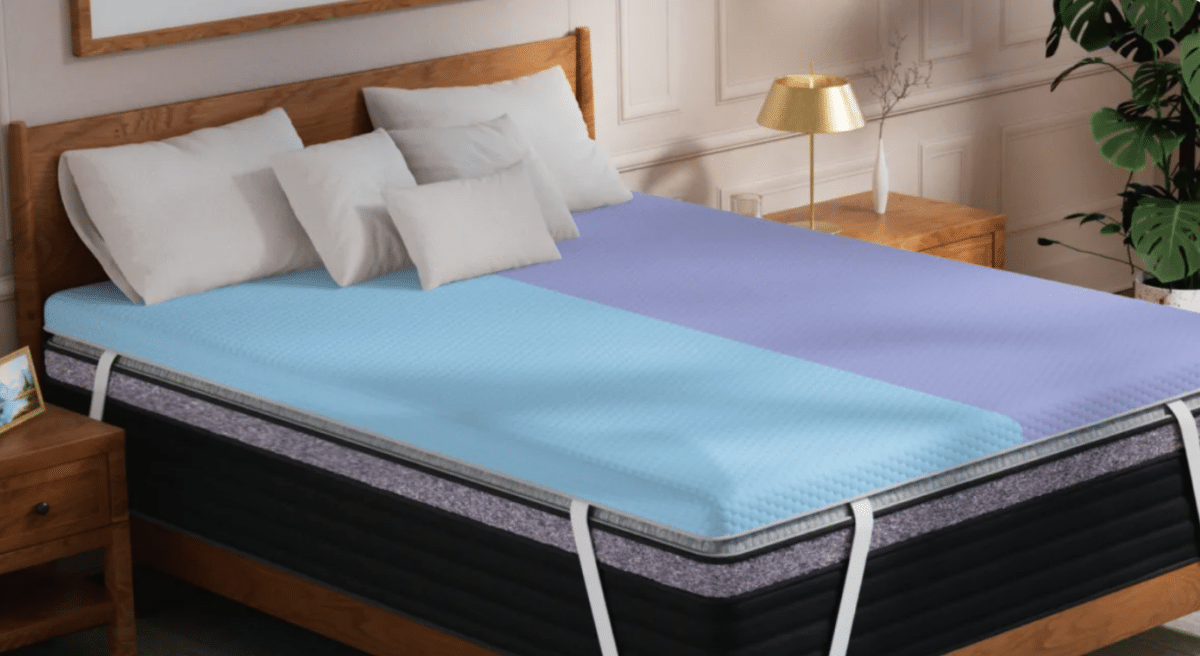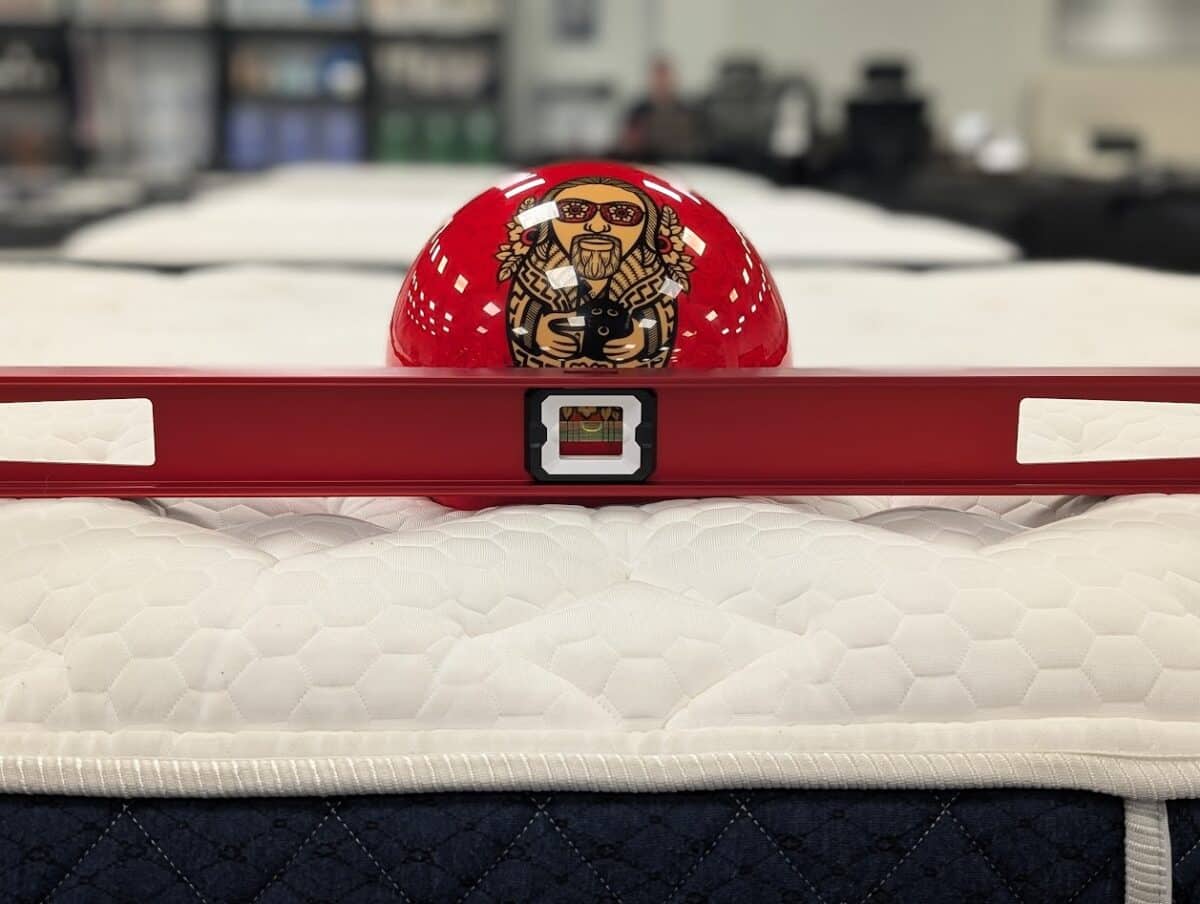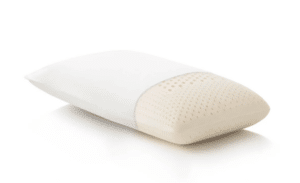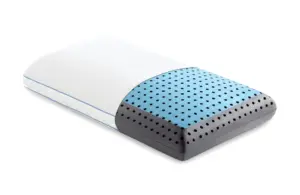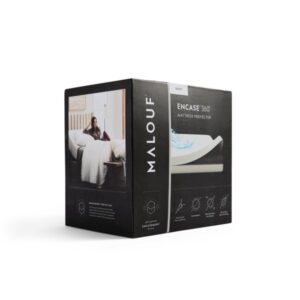How to Identify Bed Support Loss in 5 Easy-to-Follow Steps
Understanding how to identify bed support loss is essential for maintaining sleep quality and overall well-being. Recognizing the key indicators—such as visible sagging, discomfort upon waking, increased mattress noise, and changes in sleep quality—can help you ensure a supportive and comfortable sleep environment. Your mattress is more than just a piece of furniture; it plays a vital role in your overall sleep health. Over time, even the highest-quality mattresses can lose support, negatively affecting comfort and relief capabilities. Factors like mattress age, material wear, and environmental conditions can significantly influence how long your mattress remains supportive, leading many to wonder, “How do I know if my bed is losing support?”
After struggling with sleep issues due to an unresponsive mattress myself, I’m committed to helping others identify bed support loss. Here, I outline five straightforward steps to effectively determine whether your bed is losing its supportive capabilities.
1. Recognizing Physical Signs of Support Loss
Identifying whether your mattress is losing support starts with a few clear physical signs that can affect your sleep quality and health. Here are three crucial indicators to look for:
Sagging
Sagging is one of the most apparent signs that your mattress is losing support. This occurs when the materials inside your mattress begin to break down, compromising their ability to provide adequate comfort. Sagging is particularly common in foam mattresses, especially in areas that bear the most weight.
To check for sagging, remove all bedding and use a straight edge—like a long ruler or a string—across the mattress. Measure the depth of any sagging area. If it exceeds 1 to 1.5 inches, it’s likely time to consider a replacement.
Body Impressions
Body impressions are the indentations that form in your mattress where you typically lie down. While some degree of impressions is normal, especially in memory foam mattresses, deeper impressions can indicate significant support loss. These indents can lead to discomfort and improper spinal alignment, resulting in back pain or joint pain. If you observe that the body impressions have deepened, it’s a warning sign that your mattress is no longer providing the necessary support.
Edge Support
Edge support refers to the mattress’s stability around its perimeter. A mattress with adequate edge support allows you to sit or lie near the edge without the feeling of tipping over. Over time, inadequate edge support can lead to sagging edges, reducing the usable area of your mattress.
To assess edge support, sit on the edge of your mattress. If it feels unstable or if you sink significantly, this could indicate a loss of support.
2. Monitoring Morning Discomfort
One of the clearest signs that your bed is losing support is waking up with physical discomfort. If you frequently experience soreness in your back, neck, or hips upon waking, your mattress may not be offering sufficient support. As mattresses age, they lose their ability to maintain proper spinal alignment, causing various ailments.
Pay attention to how your discomfort fluctuates throughout the day. If your morning aches decrease as you move around, it’s quite likely your mattress is at fault. Ideally, your body should not have to struggle to find a comfortable position during sleep.
3. Conducting a Visual Inspection
It’s vital to closely examine your mattress for visible signs of wear. Look for signs such as sagging, body impressions, and other decay indicators. As mentioned, if any sagging exceeds 1 to 1.5 inches, it’s time to think about a replacement. Additionally, inspect for discoloration or stains, which could hint at potential mold or mildew growth—issues that could impact your health and the mattress’s integrity.
4. Evaluating Mattress Age
Another essential factor to consider is the age of your mattress. Most mattresses are designed to last between 7 to 10 years. With time, the materials naturally deteriorate, leading to reduced support. If your mattress exceeds eight years, it’s crucial to assess its condition, even if it still feels somewhat comfortable. Consumer Reports recommends replacing your mattress every 7 to 10 years, irrespective of its warranty duration, as warranties typically cover material defects, not comfort or support loss.
5. Testing Your Mattress for Support
If you’re still uncertain about how to tell if your bed loses support, conduct a few simple tests to determine whether your mattress is providing the comfort and support you need.
Pressure Relief Test
A mattress should evenly distribute your body weight to avoid pressure points. To test this, lie down in your usual sleep position and take note of any discomfort. If you sense specific areas bearing more weight than others, your mattress may not be providing proper pressure relief.
Spinal Alignment Check
Proper spinal alignment during sleep is critical to preventing back pain. When lying on your side, your spine should form a straight line. Have someone capture a photo of you in both your side and back sleeping positions to check for any unnatural curvature. If your spine appears misaligned, your mattress may be inadequate in supporting your body.
Firmness Assessment
Mattress firmness can directly influence both comfort and support levels. Most mattresses range between soft (3) and firm (8) on a scale of 1 to 10. Press downward on the surface to evaluate firmness. If it sags too easily, it may be too soft; if it feels rigid, it could be too firm. Additionally, sitting on the mattress edge can help you determine if it holds your weight without excessive sagging.
Conclusion
Identifying bed support loss is essential for ensuring a good night’s sleep and overall well-being. By following these straightforward steps, you can determine whether your mattress is still capable of providing the support you need. At Yawnder, we believe in the importance of a quality sleep environment and offer expert evaluations to assist you in making informed decisions.
If you observe signs that your bed is losing support, it may be time to consider a replacement. A supportive mattress can alleviate back and joint pain, allowing you to wake up refreshed and ready for the day ahead. For those seeking eco-friendly options, explore our range of natural mattresses for a sustainable quality sleep experience. By taking these steps, you can ensure that your mattress remains a reliable foundation for restorative sleep.


